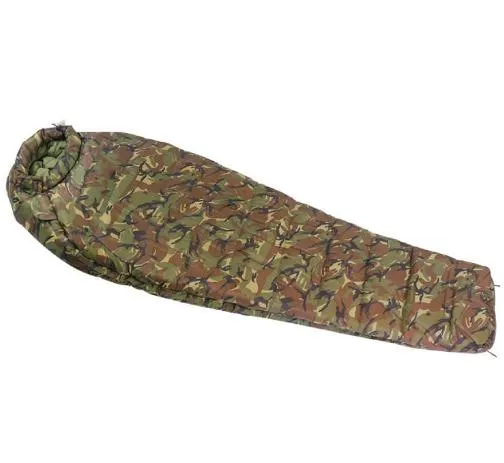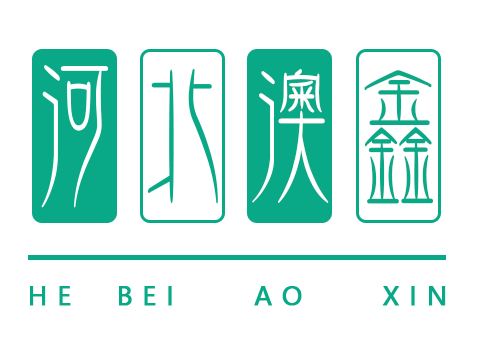
Aug . 01, 2025 14:57 Тизмеге кайтуу
Hollow Fiber Sleeping Bag
Whether you're an experienced trekker or a casual camper, the hollow fiber sleeping bag is one of the most versatile and cost-effective solutions for your outdoor adventures. Built with synthetic insulation technology, these bags provide warmth, resilience, and affordability—ideal for a wide range of environments.
The secret behind the hollow fiber sleeping bag lies in its construction. Hollow fibers trap air within their cores, mimicking the natural insulating properties of down but without the high cost or moisture sensitivity. These sleeping bags retain heat even when wet, making them perfect for damp climates or rainy hikes.
One of the biggest advantages of a hollow fiber sleeping bag is its durability. Unlike natural down, synthetic insulation doesn’t degrade as quickly with compression or repeated washing. That makes it an excellent choice for those who camp frequently or are looking for a low-maintenance sleep system.
Modern hollow fiber sleeping bags come in various shapes and temperature ratings. From ultra-compact mummy designs to rectangular options for roomy sleepers, there’s a fit for every body type and travel style. They're also hypoallergenic, making them suitable for users with sensitivities.
If you’re seeking reliability and warmth at a reasonable price, especially in unpredictable weather conditions, a hollow fiber sleeping bag is a smart and accessible choice for your gear collection.

Small Sleeping Bag for Hiking: Lightweight Comfort on the Trail
For backpackers and thru-hikers, weight and pack size are everything. That's why a small sleeping bag for hiking is a game-changer. Designed for portability without sacrificing comfort, these bags help you move fast and rest easy, even when you're miles from civilization.
A small sleeping bag for hiking usually weighs between 1.5 to 2.5 lbs and compresses down to the size of a water bottle. These bags are ideal for minimalist adventurers who prioritize space-saving design. They often feature mummy shapes, tight-fitting hoods, and lightweight shell fabrics to keep bulk to a minimum.
Despite their size, small sleeping bags for hiking are available with a wide range of temperature ratings. For summer treks, ultralight bags with 40–50°F ratings are sufficient. For cooler climates, look for bags rated around 20–30°F, often with synthetic or down fill.
Some small sleeping bag for hiking models even include additional features like zippered vents for breathability, inner stash pockets, and treated fabrics to repel moisture. For those who use hammocks or sleep pads, these compact bags integrate easily into a streamlined sleep system.
When your goal is to hike farther with less weight, investing in a reliable small sleeping bag for hiking is a no-brainer. It's the perfect fusion of comfort, function, and packability.
Down Sleeping Bag Backpacking: Premium Performance for Cold Adventures
When it comes to conquering long trails or venturing into high altitudes, nothing beats the warmth-to-weight performance of a down sleeping bag backpacking setup. These bags are built for serious hikers who need efficient insulation without the bulk.
A down sleeping bag backpacking model typically uses high fill-power goose or duck down (650–900), which offers maximum warmth with minimal weight. This makes them ideal for backpackers who demand reliable performance in challenging environments.
Thanks to their natural loft and compressibility, down sleeping bags for backpacking pack down to incredibly small sizes—easily fitting into 10-15 liter dry bags or stuff sacks. And when night falls, they loft quickly to provide superior insulation even in freezing temperatures.
To make these bags more versatile, many down sleeping bag backpacking models are treated with hydrophobic coatings or paired with waterproof shells. These enhancements allow the bags to resist moisture, which is often the main drawback of traditional down insulation.
They also come with features such as draft collars, thermal footboxes, and anti-snag zippers. Many models are EN or ISO temperature rated, giving users accurate information about their performance limits.
If you're preparing for a thru-hike, mountaineering expedition, or multi-night backcountry trip, a down sleeping bag backpacking option is your ultimate tool for staying warm and light on your feet.
Compact Hiking Sleeping Bag: Space-Saving Design Without Sacrificing Sleep
Every inch and ounce matters on the trail, which is why a compact hiking sleeping bag is an essential part of an ultralight backpacker’s kit. These bags are engineered to provide adequate insulation, ergonomic comfort, and superior packability in a minimalist form.
The hallmark of a compact hiking sleeping bag is its ability to pack down to a small volume—often 6 to 8 inches in diameter—without compromising warmth. This is accomplished through smart fabric choices, efficient insulation (synthetic or down), and tapered designs.
Whether you're hammock camping, using a bivy sack, or just looking to lighten your pack, a compact hiking sleeping bag helps reduce your load. These bags typically feature contoured cuts, half-length zippers, and high-efficiency baffles that keep cold spots at bay.
Many models also include water-resistant coatings, making them more adaptable to varying environments. You’ll find options in both hollow fiber sleeping bag and down categories, depending on your budget and weather expectations.
Ultimately, a compact hiking sleeping bag ensures that you can travel lighter, move faster, and enjoy better rest—all without overloading your backpack.
Choosing the Best Sleeping Bag for Your Adventure
Selecting the right sleeping bag isn’t just about warmth—it’s about matching your gear to your style of adventure. Whether you need a hollow fiber sleeping bag for damp conditions, a small sleeping bag for hiking to lighten your load, a down sleeping bag backpacking model for alpine trips, or a compact hiking sleeping bag to maximize pack space, the key is understanding your priorities.
If budget and moisture resistance are top concerns, go for a hollow fiber sleeping bag. They’re reliable in wet weather and more affordable. For ultralight hikers, a small sleeping bag for hiking or compact hiking sleeping bag is ideal. They cut down on bulk and weight while still providing comfort.
If you camp in cold or high-altitude conditions and need superior warmth, the down sleeping bag backpacking route is best. It may cost more, but the performance and packability are unmatched.
Regardless of your choice, make sure to check the bag’s temperature rating, packed size, and weight. Consider additional features like hood cinches, draft tubes, zipper quality, and whether the insulation is treated for moisture resistance.
The perfect sleeping bag will make your nights outdoors warmer, your pack lighter, and your trip more enjoyable.
hollow fiber sleeping bag FAQs
Is a hollow fiber sleeping bag better than down in wet conditions?
Yes. A hollow fiber sleeping bag retains its insulating ability even when wet, unlike traditional down which loses loft and warmth when exposed to moisture. This makes it more reliable in rainy or humid environments.
How small can a small sleeping bag for hiking really be?
Many small sleeping bag for hiking options compress down to 10 inches or less in height and 6 inches in diameter—roughly the size of a water bottle. Despite the size, they can still offer sufficient warmth for 3-season camping.
Why choose a down sleeping bag backpacking model over synthetic?
A down sleeping bag backpacking version is lighter and more compressible, which is crucial for long-distance hikers or alpine trekkers. Down also offers better warmth per ounce, making it ideal for cold conditions where weight and volume matter.
What features define a compact hiking sleeping bag?
A compact hiking sleeping bag is defined by its lightweight materials, small packed size, efficient insulation, and often minimalist design (e.g., tapered cuts, short zippers). It’s optimized for backpackers who want to minimize pack space.
How do I choose between down and hollow fiber for hiking?
Choose hollow fiber if you expect wet conditions, want a budget-friendly option, or need hypoallergenic insulation. Choose down if weight, warmth, and packability are your priorities, and you can keep your gear dry or choose water-resistant treated down.
-
Baggu Picnic Blanket: Waterproof, Sandproof, Extra-Large
ЖаңылыктарNov.17,2025
-
Camping Picnic Mat: Waterproof, XL, Foldable, Durable
ЖаңылыктарNov.17,2025
-
Foldable Picnic Rug - Waterproof, Lightweight, XL Comfort
ЖаңылыктарNov.17,2025
-
Camping Picnic Mat – Waterproof, Extra Large & Portable
ЖаңылыктарNov.17,2025
-
Camping Picnic Mat - Waterproof, Extra Large, Portable Rug
ЖаңылыктарNov.17,2025
-
Outdoor Rug for Picnic – Waterproof, XL, Foldable with Bag
ЖаңылыктарNov.17,2025
